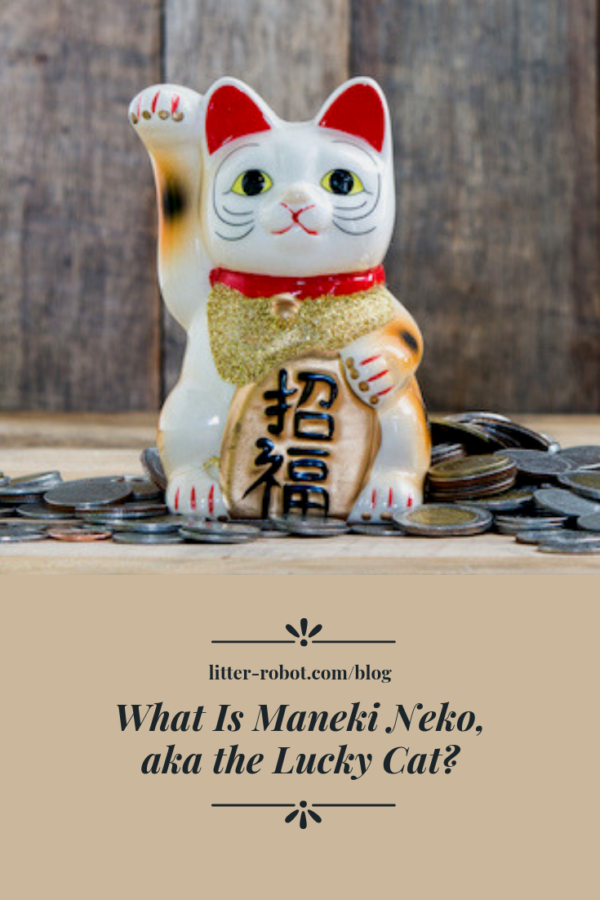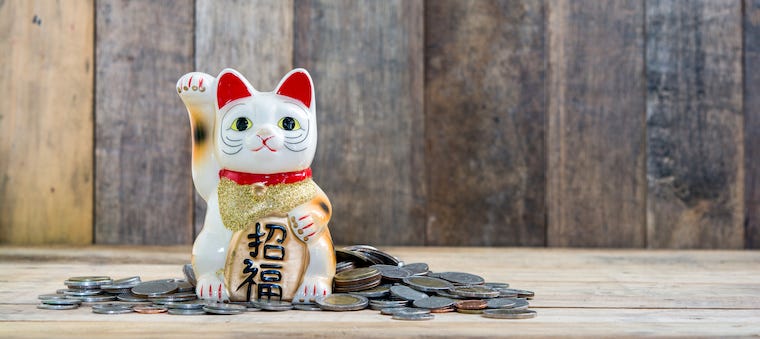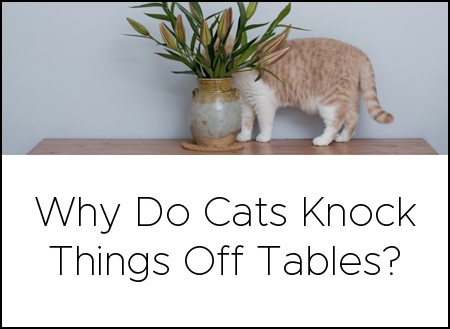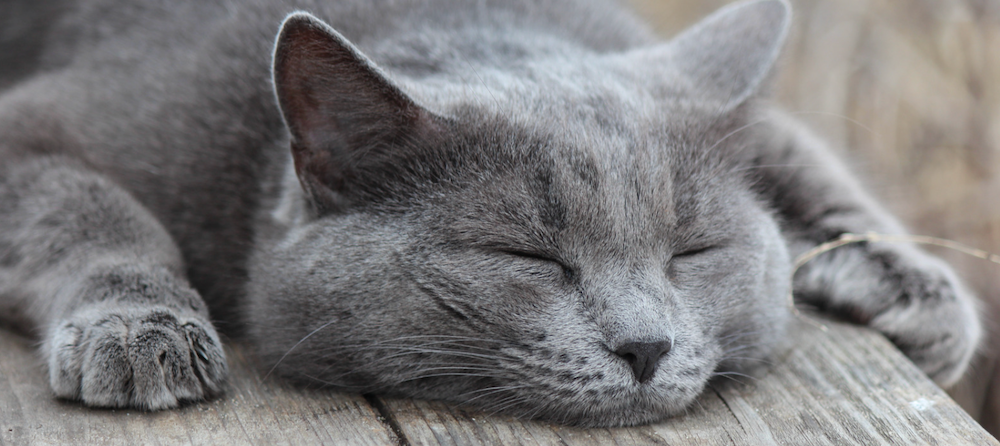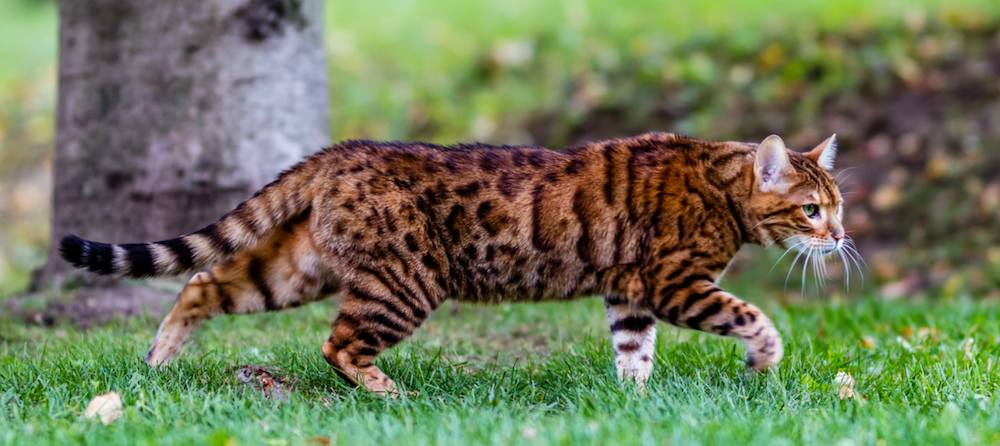Lined along the shop windows in Chinatown, perched next to the cash register of your favorite Asian restaurant—chances are you’ve seen a ubiquitous cat figurine with one paw raised in greeting. This is a talisman of many names: lucky cat, fortune cat, and money cat, for starters. However, its proper moniker is Maneki Neko, and it’s not even Chinese—it’s Japanese. What is Maneki Neko’s story, and which real-life cat breed is it based upon? Let’s find out!

The beckoning cat
Maneki-neko means “beckoning cat” in Japanese. The figurine is believed to bring good luck and fortune to its owner. It depicts a seated cat—traditionally a calico Japanese Bobtail—with one upright paw. A Maneki Neko with a raised left paw is said to invite customers and business success, while a raised right paw brings in money and good fortune. Some even feature battery- or solar-powered moving arms that endlessly wave at and beckon passersby into their shops.

History and folklore
There are many differing folktales surrounding the history of Maneki Neko. Records indicate that the lucky cat surfaced late in Japan’s Edo period, or the 18th to mid-19th centuries—but it may be even older.
Local lore says Maneki Neko originated where Tokyo’s Gotokuji Temple now stands. According to the legend (excerpted from CNN Travel), “when the temple was a mere hut in the 1400s, the monk who overlooked it struggled to make ends meet. One day he asked his beloved cat to bring good fortune. A short time later several samurai arrived during a rainstorm, explaining the cat waved them in from the road. One was a wealthy lord, who donated rice fields and crop lands to the temple, making it the grand shrine it is today.”
Another version of this tale speaks of an impoverished shopkeeper who took in a stray, starving cat. In gratitude, the cat sat in the front of the store and beckoned customers until the shop became prosperous. Thereafter, the “beckoning cat” became a symbol of good luck for small business owners.

Today, Gotokuji Temple displays thousands of Maneki Neko figurines, most of which have been left by visitors as a gesture of gratitude for fulfilled wishes. Don’t see a trip to Japan in your future? Check out the Lucky Cat Museum in Cincinnati, Ohio!
Colors and Ensemble

There is significance in each Maneki Neko figurine’s color and ensemble, which may include props of sorts. The meaning of each color is as follows:
- Traditional tri-color (calico): attracts good luck, wealth, and prosperity
- White: attracts happiness and purity of thought and actions
- Gold: attracts wealth and prosperity (common in shops)
- Black: protects against negative energies and wards off evil
- Red: protects against evil and illness (especially in children)
- Pink: attracts love and romance
- Green: increases concentration towards studies, helps with healing
- Blue: attracts peace, harmony, and happiness for family members
The lucky cat is often adorned in or holding one of the following:
- Bib, collar, and bell: associated with protection, wealth, and abundance (in the Edo period, it was common for wealthy people to dress their pet cats this way)
- Coin: usually worth one ryo, a considerable fortune in the Edo period
- Hammer: a magic money mallet, said to attract wealth
- Fish: usually a koi carp, symbolic of abundance and good fortune
- Marble or gem: may attract wealth or represent wisdom
The Japanese Bobtail
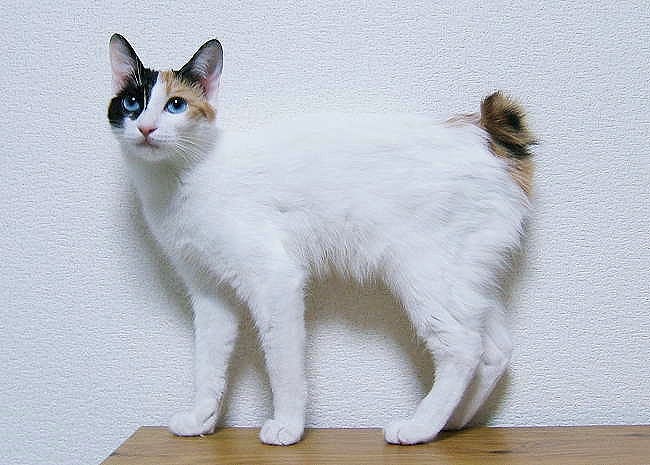
Let’s not forget the original inspiration for Maneki Neko: the Japanese Bobtail! Known for their naturally occurring “bunny tail,” this breed has been documented in written records and paintings in Japan for at least 1,000 years. They come in a variety of coat lengths, colors, and patterns, but they’re most well-known for their calico shadings—hence the design of the traditional Maneki Neko!
The Japanese Bobtail makes a great companion, as she is sociable, playful, and chatty. She may even strike you as more dog-like than cat! She’s also a healthy cat that tends to live a long life.
Now that you know the story of Maneki Neko, you’ll never see these lucky cats the same way. Maybe this talisman will bring you good luck and fortune. The only thing we know for sure? A real cat will bring you happiness!
